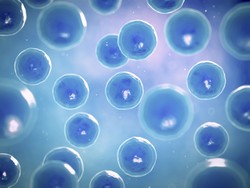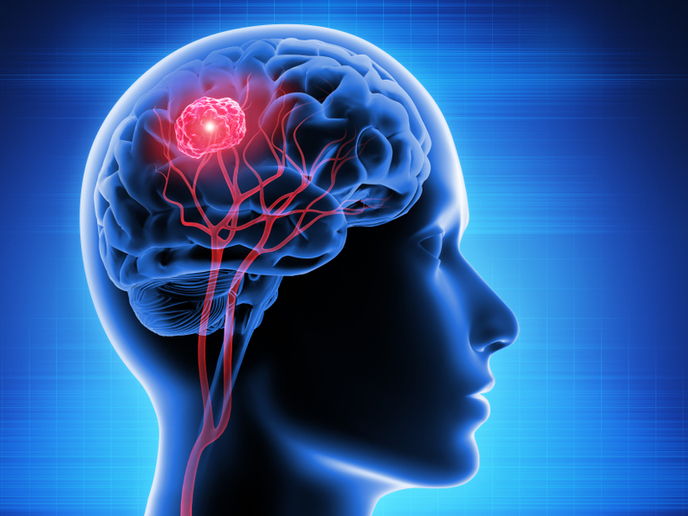Stem cell commitment
Stem cells have the inherent capacity to self-renew or differentiate into different cell types. To shift from one cell state to several others, stem cells invoke precise programmes. The decision between self-renewal and differentiation is governed by a complex orchestration of gene expression changes, which remain elusive. Scientists on the EU-funded SYBOSS(opens in new window) (Systems biology of stem cells and reprogramming) project followed a systems biology approach to investigate gene expression profiles, genome binding sites and protein interaction networks of stem cells. The work focused on pluripotent embryonic stem cells (ESCs) and the transition to multipotent epiblast stem cells (EpiSCs), and then on to the tri-lineage potential neural stem cells (NSCs). The consortium employed next generation sequencing to examine the transcriptome of the different stem cell types. They discovered that ground state ESCs exhibited a permissive chromatin context that is more näive with fewer aspects of negative regulation than previously recognized indicating that activation rather than repression is key to the process of differentiation. Genome-wide loss-of-function screens enabled researchers to identify factors involved in various aspects of pluripotency including regulation through nuclear/cytoplasmic localization. The role of non-coding RNAs and chromatin modifiers was also elucidated. To further understand protein interaction networks in ESCs, the project worked as a team using affinity purification for mass spectrometry to identify proteins involved in stem cell capacities. Collectively, the SYBOSS data was integrated by a systems biology approach to model the ESC self-renewal and the transition of ESC to EpiSC to NSC. Importantly, the study challenged the prevailing model where ESCs enter differentiation via stochastic lineage priming. Instead, it revealed that stem cells undergo a highly orchestrated transition in which the näive pluripotency network is dismantled by the concerted action of multiple destabilising mechanisms. Given the potential for stem cells applications in regenerative medicine, the SYBOSS findings provide unprecedented insight into stem cell biology and the regulatory networks that secure self-renewal.







